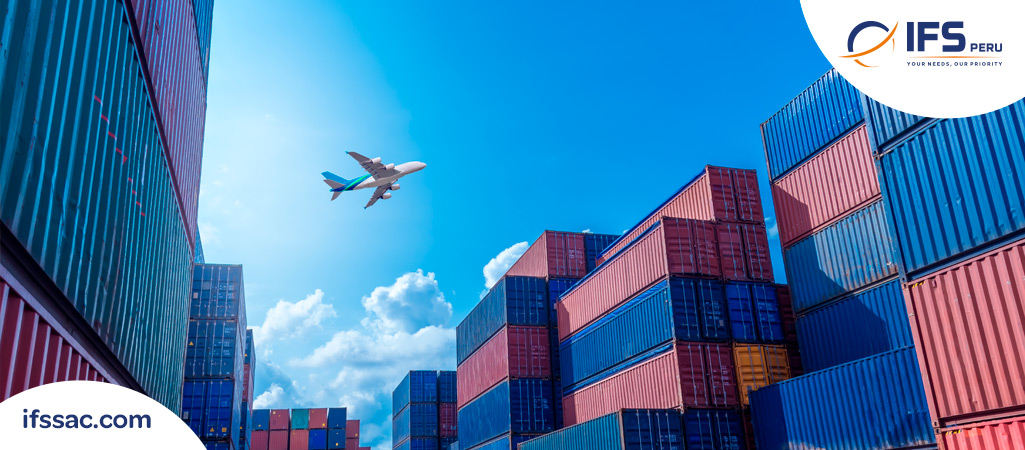Every year more than 1.25 million dangerous goods shipments are transported by air. But what exactly are dangerous goods?
According to IATA’s Dangerous Goods Regulations Manual, “Dangerous goods, or hazardous materials, are articles or substances which pose a hazard to health, safety, property or the environment and which appear in the list of dangerous goods in the IATA Dangerous Goods Regulations or which are classified according to those Regulations.”
What Are Examples of Dangerous Goods?
Some examples of dangerous goods are aerosols, lithium batteries, infectious substances, fireworks, dry-ice, gasoline powered engines and machinery, lighters, and paint.
What Are IATA’s Dangerous Goods Regulations?
They are rules outlined in an easy-to-read manual that is based on the International Civil Aviation Organizations (ICAO)’s instructions for the safe transport for dangerous goods.
IATA recognizes that significant changes take place every year, and this is why IATA updates its manual yearly, including the latest IATA regulations and changes to procedures.
What Are the Dangerous Goods Classes?
The United Nations assigns dangerous goods to one of nine classes:
Class 1—Explosives
Class 2—Gases
Class 3—Flammable Liquids
Class 4—Flammable Solids; Substances Liable to Spontaneous Combustion; Substances which, in Contact with Water Emit Flammable Gases
Class 5—Oxidizing Substances and Organic Peroxides
Class 6—Toxic and Infectious Substances
Class 7—Radioactive Material
Class 8—Corrosives
Class 9—Miscellaneous Dangerous Substances and Articles, Including Environmentally Hazardous Substances

How Are Dangerous Goods Transported By Air?
First, the shipper must meet their criteria, such as declaring the shipment as dangerous goods, properly completing the Dangerous Goods Declaration, and adequately preparing the shipment for transport.
Next, the operator must go over the Dangerous Goods Checklist and ensure all regulations are met within those guidelines.
Then, the items are loaded. It is important not to store or load certain dangerous goods next to one another and never next to food items.
Who Is Involved in The Transport of Dangerous Goods and What Are Their Responsibilities?
Proper training for everyone in the dangerous goods supply chain is vital to ensure that the hazards posed by dangerous goods are understood and everyone involved is competent to perform the functions for which they are responsible.
While some functions require basic knowledge of the dangerous goods regulations, other functions need more detailed information regarding the hazardous material regulations to carry out their duties.
It is imperative that everyone who may come in contact with dangerous goods be adequately trained. This includes cabin crew members and passenger check-in agents because some items that passengers carry are classified as dangerous goods (such as mobile phones, tablets and laptops) as they have a lithium-ion battery.
Lithium batteries are one of the most commonly transported dangerous goods. The rules and regulations regarding the transport of lithium batteries need to be addressed specifically, so IATA created a unique manual geared specifically to shippers of lithium batteries.
How To Prepare Dangerous Goods For Shipment By Air
To ship dangerous goods by air, the items must be appropriately prepared and meet the dangerous goods regulations. It begins with properly identifying the dangerous good and then the quality of packaging, which must be strong enough to withstand the loading and transport from pallets and Unit Load Devices (ULDs). Each package must be marked and labeled appropriately with special care instructions as well as its classification.
Dangerous goods have been transported by air for many years, and the authorities in charge are constantly updating their rules and regulations to make this activity as safe as possible to aircraft, people, and the aviation and logistics industries as a whole.





